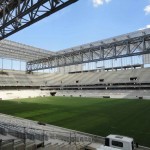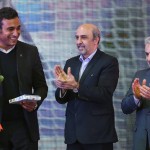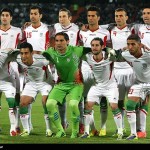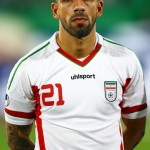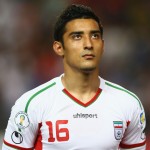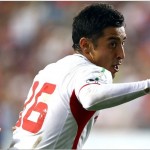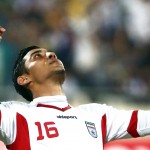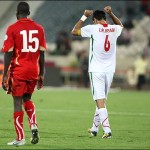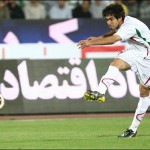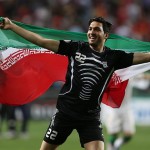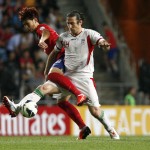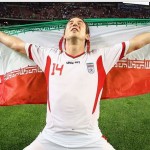Bosnia-Herzegovina will stick to the formula that got them to the World Cup finals in Brazil and attack their rivals in a bid to get out of their qualifying group, coach Safet Susic said on Tuesday.
The Bosnians, for whom Brazil is their first major tournament as an independent nation, scored 30 goals in 10 qualifiers and former Yugoslavia forward Susic believes their attacking approach is the best way to get out of Group F against Argentina, Nigeria and Iran.
“We will play the way we have always played because it would be wrong to change our approach now, although we are aware that our style may be a tactical gamble,” Susic told the national team’s official website (www.reprezentacija.ba).
“When you have players like (Miralem) Pjanic, (Zvjezdan) Misimovic, (Edin) Dzeko and (Vedad) Ibisevic, it would be unfair to the game itself and the fans not to unleash all that talent.”
The Bosnians open their campaign against Argentina at the Maracana Stadium in Rio de Janeiro on 15 June, then meet Nigeria in Cuiaba on 21 June and lock horns with Iran in Salvador four days later.
Having lost 2-0 to the Argentines in a friendly in November, Susic conceded the former double World Cup winners were strong favourites to win the group, but was also confident that Bosnia would join them in the tournament’s knockout stages.
“Argentina are by far the best team in the group and will probably clinch it, but I think we have a realistic chance of going through with them because Nigeria and Iran are not better than us,” he said.
“I honestly believe we have the quality to reach the last 16 and that is our objective in the World Cup.”

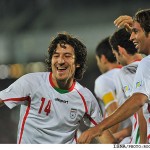
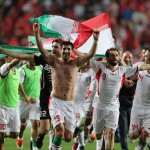

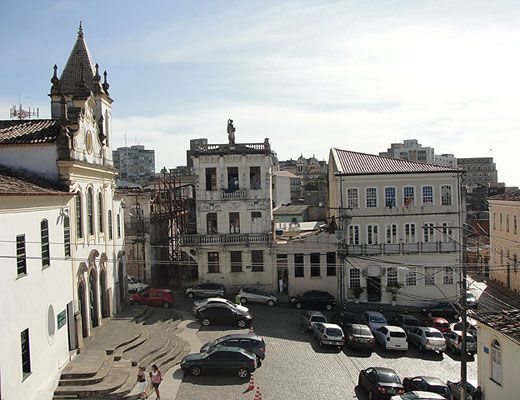
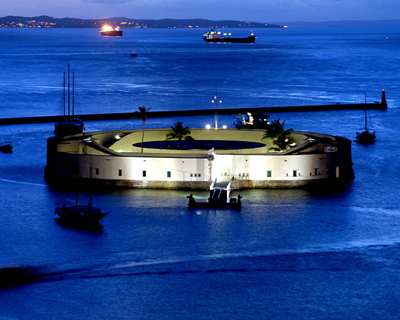
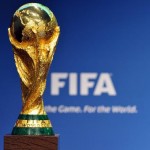
 SS Lazio of Italy midfielder Ogenyi Onazi is confident the Super Eagles can go all the way in Brazil at the FIFA World Cup if the players have self belief.Onazi says the Super Eagles must also be totally focussed on the job at hand instead of concentrating on particular teams, warning that all the qualified teams have the chance to win the trophy.
SS Lazio of Italy midfielder Ogenyi Onazi is confident the Super Eagles can go all the way in Brazil at the FIFA World Cup if the players have self belief.Onazi says the Super Eagles must also be totally focussed on the job at hand instead of concentrating on particular teams, warning that all the qualified teams have the chance to win the trophy.
